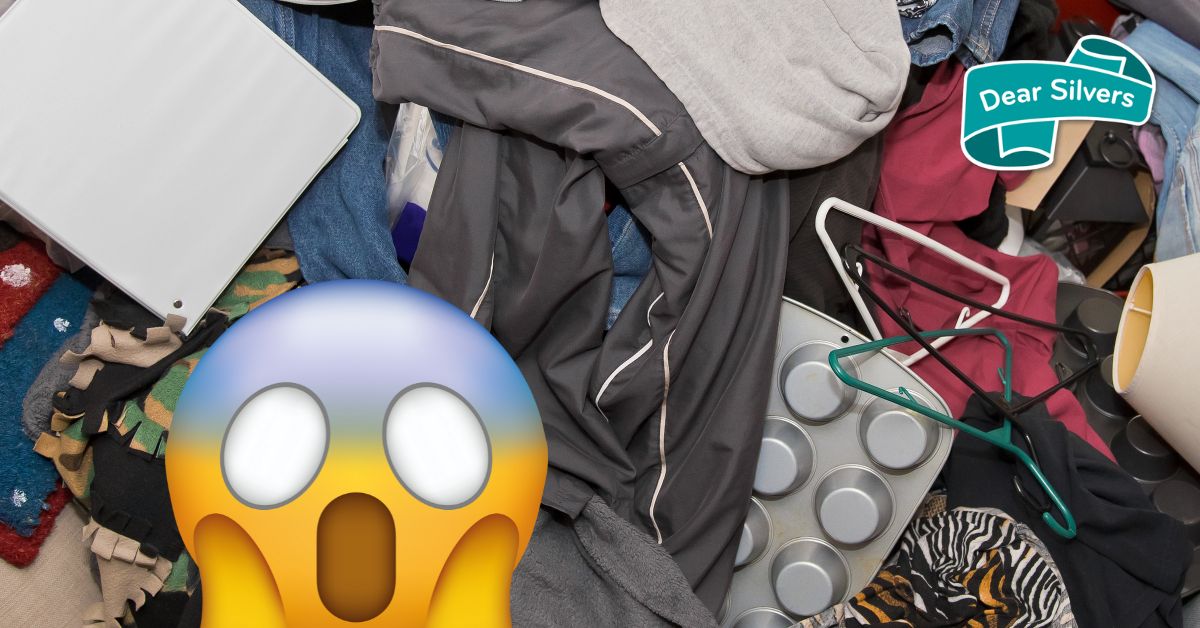
Dear silvers,
My family has a very peculiar yearly ritual. When the time comes for the Lunar New Year spring cleaning, my mother brings out two containers stuffed full of packets of chilli sauce, tomato sauce, soy sauce and wasabi.
We spread it out onto the dining table and squint to make out the fine print indicating their expiry dates – and they are almost always expired – before discarding the sachets to make room for new ones.
For the life of me, I can’t recall ever using a single condiment from this stash.
Though my mum won’t admit to it, she’s displaying a mild form of hoarding behaviour, where people accumulate an excessive number of objects that they find difficult – and even distressing – to part with, regardless of their actual value or utility.
Advertisement
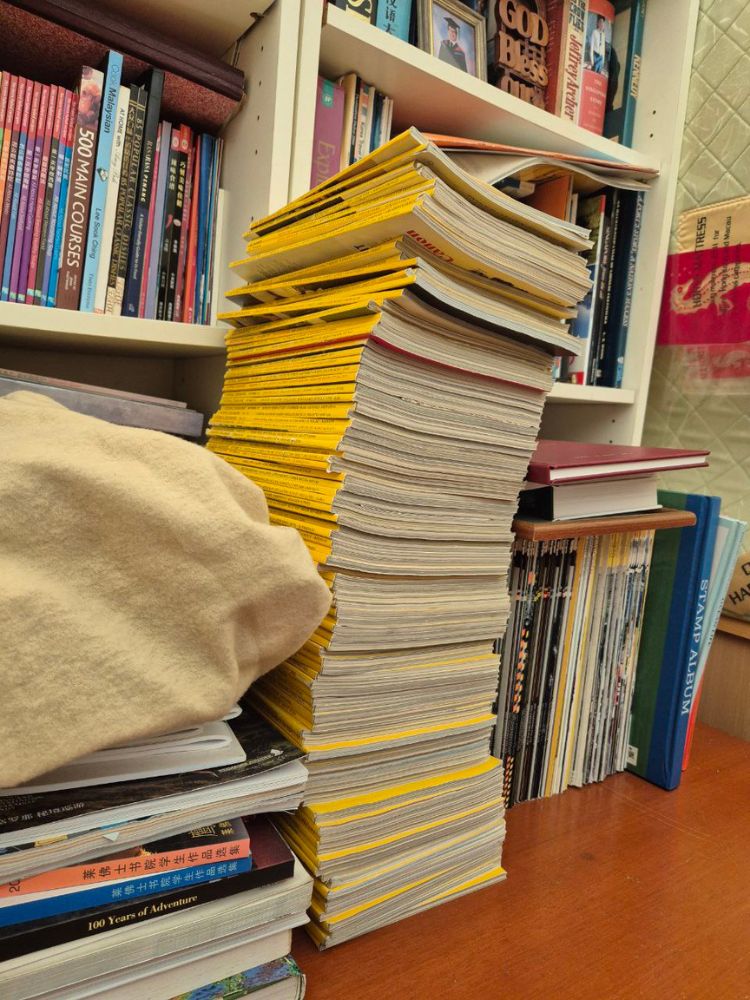
She finds a kindred spirit in my father, who keeps his own towering stack of National Geographic magazines on a shelf, where they’ve lied untouched for more than a decade. The very latest issue in that heap dates back to June 2013 – he still tells me that he’ll get to them someday.
Unfortunately, that mild penchant for hoarding extends to my stuff too. My mother refused to let me dispose of my notes and textbooks from junior college on the off-chance that one of my cousins would need 15-year-old notes. I recently snuck them out, stack by stack, to a local recycling bin on the way to work.
Dear Silvers: Hoarding poses serious risks
Fun though it may be to rib my silver parents about their hoarding tendencies, the fact remains that pathological hoarding is recognised as a mental disorder with serious implications to one’s quality of life.
The distinctive characteristic of someone who hoards (versus someone who collects something specific) would be the amount of clutter or objects that have taken over the living spaces.
Says principal psychologist at the Asia Psychology Centre, Bernice Lim,
Compulsive hoarders fill their homes with possessions, often haphazardly stacked in piles across kitchen counters, bedrooms, shelves and when there’s no longer any room, the floor.
Fion Phua, the 54-year-old founder of social welfare platform Keeping Hope Alive, has been cleaning the homes of hoarders living in one- or two-room rental flats for close to half her life.
In her experience, hoarders can typically be split into two broad categories – those who collect “everything and anything they can find”, and those who hoard only one specific item.
Over the years, she’s come across people who hoard knives and scissors, toilet paper and toys won exclusively from claw machines.
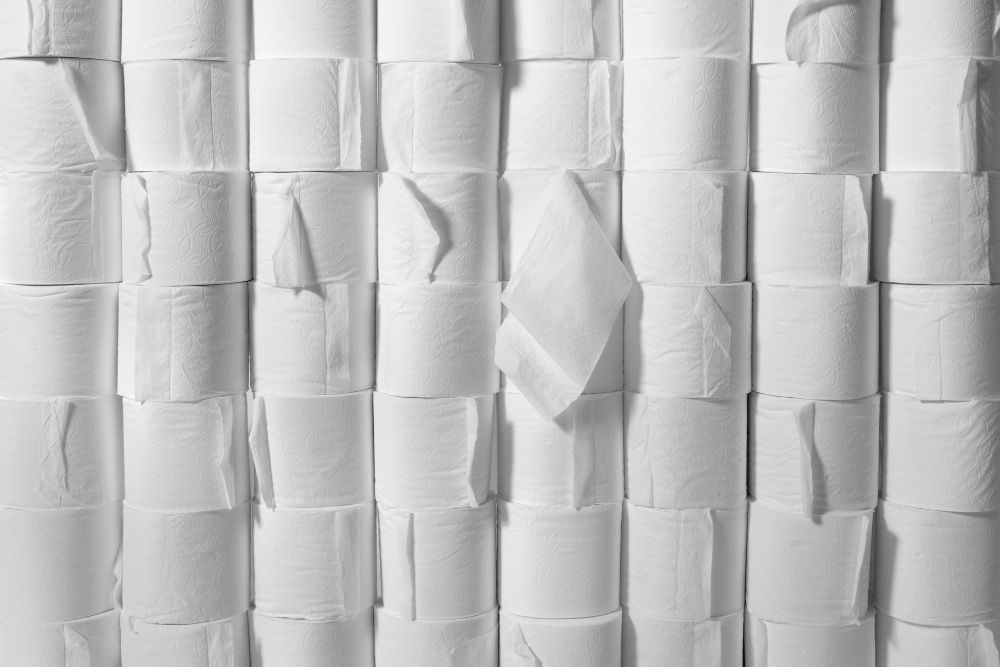
A house of 700 sqft shrinks to only seven steps,
she says.
With so much clutter, many activities of daily living like cooking and washing – or even just moving around the home – become difficult, with increased risk of falls that might prove debilitating or fatal for older people.
Sometimes, hoarders accumulate so many things that it begins spilling out of their homes onto shared corridors. This isn’t just uncomfortable or inconvenient for neighbours – it can also be a fire hazard. Pest infestations are common too, resulting in major health and contamination risks on a communal level.
Well-intentioned family members, friends or neighbours who wish to help hoarders declutter their homes are often rebuked, leading over time to social isolation and loneliness.
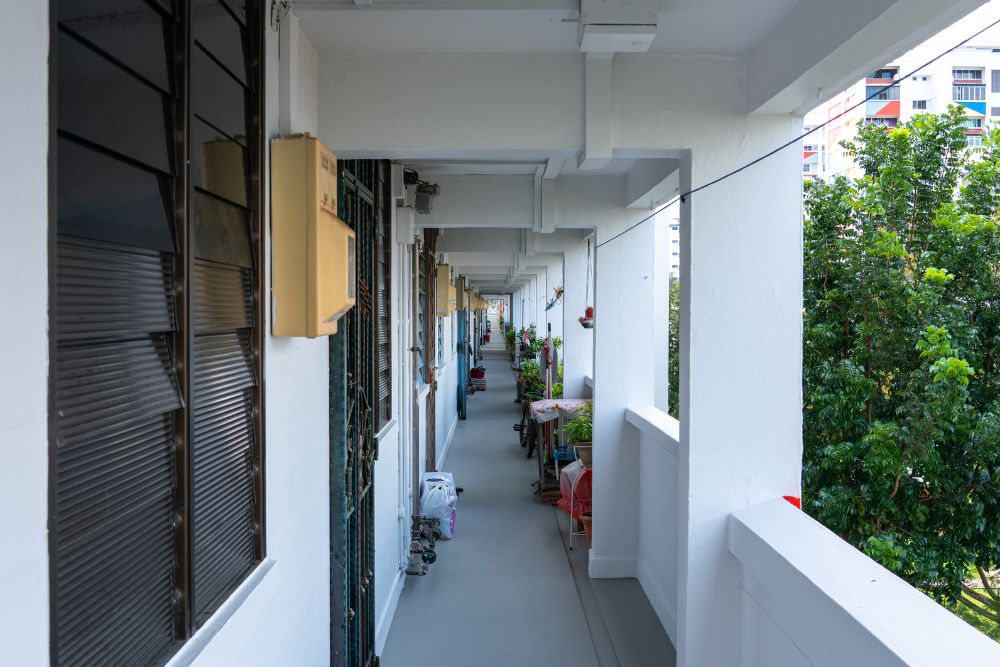
Over the years, numerous hoarders have made the news in Singapore. In one situation, an elderly hoarder chose to sleep outside her flat to make room for more items. In another, a cluttered home led to a resident’s death when a fire broke out.
Not all hoarders are older
The situation was serious enough that in 2014, government agencies like the National Environment Agency (NEA), the Housing Development Board (HDB) and the Singapore Civil Defence Force (SCDF) put their heads together to form the Hoarding Management Core Group.
An Institute of Mental Health (IMH) study published that same year found that 2% of the adult population here displayed hoarding behaviour in their lifetime. And while seniors sometimes unfairly associated with hoarding, no link was found between age and hoarding in the Singapore study.
That said, a study conducted in the United States back in 2008 found that those above the age of 55 were three times more likely to exhibit hoarding behaviours than those aged 33 to 44.
In Fion’s experience, “Hoarding is not a senior’s privilege. Anyone can start hoarding at any time. But older hoarders are more noticeable. Why? Because they’ve had 50 years to pick up items, whereas younger people might only have 10 years to pick,” she says.
It's important to note that the senior population that happens to also have hoarding issues might already have pre-existing mental health conditions or personality traits that contribute to hoarding issues; so, age shouldn’t have the sole spotlight as a contributing factor here.
Bernice, the psychologist, says,
Elderly folk who might not have a strong social network, or feel further and further removed from the outside world might also have a higher likelihood of developing hoarding.
Nevertheless, she adds,
Being increasingly unable to contribute to the community, having less mobility, losing friends and family to death and disease, all contribute to an increasing social isolation and feelings of loss. As one ages and experiences more and more loss, having material possessions to hold on to might provide assurance and comfort,
she elaborates.
The multi-agency work group had managed to reduce the severity of 227 cases as of end-2022, with 302 active hoarding cases in Singapore still remaining. Enforcement is tricky, as people’s hoards only become a legal issue when they obstruct common areas like lift landings and corridors.
Why people hoard
Just this year, my parents made significant progress (in my book) when they mustered up the determination to toss a pair of yellowing mattresses that’d been taking up space in my cupboard since I was a teen.
Before this, they’d usually tell me that they’d rather hold onto them “just in case we need it”. The sentiment is understandable – both of them were raised in an era of post-war poverty. In their kampongs, thriftiness was a given.
Many silvers can probably remember using hand-me-downs from an older sibling or fixing something rather than throwing it away – at least, to a far greater extent than we do today.
Indeed, avoiding wastage, stockpiling for a future generation and preparing for their own uncertain future were some of the reasons stated by 12 people with hoarding disorder identified in a 2020 study by IMH researchers.
This was corroborated by Fion’s experience on the ground, where many hoarders stockpiled broken furniture and appliances in hopes that they would one day prove useful.
Often, there is a strong emotional undercurrent driving hoarding behaviours. Hoarders cling onto clothes, letters and other mementoes left by deceased loved ones as a form of comfort or a reminder of happier times.
Conversely, the above studies indicated that they might even hoard items as a response to traumatic lifetime events. A local newspaper reported that a woman hoarded toys – still unopened in their original plastic wrapping – as she couldn’t afford them as a child.
However, none of these have been established as a clear reason for hoarding.
We haven't yet identified linear causes of hoarding, but there are certain correlational factors to hoarding. Individuals who develop hoarding might already have mental deficits in various cognitive and executive functioning in planning, being able to organise, and in memory and learning.
Says Bernice,
It's also important to note that hoarding is also often comorbid with disorders like OCD (obsessive-compulsive disorder) and depression. This means that individuals with these existing disorders might also have a higher likelihood of developing hoarding,
she adds.
There is always something that triggers hoarding. If they don't already have a mental disorder, they might have experienced something traumatic like the death of a loved one or lost control of their life.
Fion of Keeping Hope Alive says,
Detaching from the stash
The difficulty comes in trying to get hoarders to part from their stash.
There is a significant amount of distress a hoarder feels when asked to part with any of their possessions – even when the clutter is considered a health hazard.
Bernice explains,
Therefore, those seeking treatment for hoarding behaviour often undergo cognitive behavioural therapy.
This might entail identifying and challenging thoughts behind the acquisition and possession of the objects, gaining self-awareness of triggers and learning behavioural activation strategies to organize and remove clutter,
the psychologist explains.
Hoarders tend to benefit greatly from the help of family and friends who serve as not just a source of encouragement to continue removing the clutter from living accommodation, but also in offering physical help to remove the clutter,
she adds.
Indeed, Fion and her volunteers at Keeping Hope Alive do just that.
We do what we can – persuading, negotiating, educating and convincing – to help them reclaim their home. For those who stockpile newspapers, cans or metal to sell, we will help them to sell it, then teach them how to organise it in the future,
she says.
"If they really can’t get rid of it, at least we’ll help them to arrange it, so that we can improve their living conditions and make it sanitary and safe."
While items with sentimental value are harder to get rid of, she tries to get them to store these items in photograph form instead.
One whole room of items can shrink down into one album.
She explains,
You can’t expect them to change overnight. But at least, if they are going to hoard, we try our best to teach them how to do it, so they won't trip over a pile and break their bones or worse, be trapped in a fire,
she says.
If Fion’s experience of walking into an HDB flat stuffed wall-to-wall with toilet paper – unopened and meticulously catalogued with purchase date, location and price – tells us anything, it’s that we need to be able to discern between those with hoarding disorder and people like my parents who’re only fastidious with what they toss.
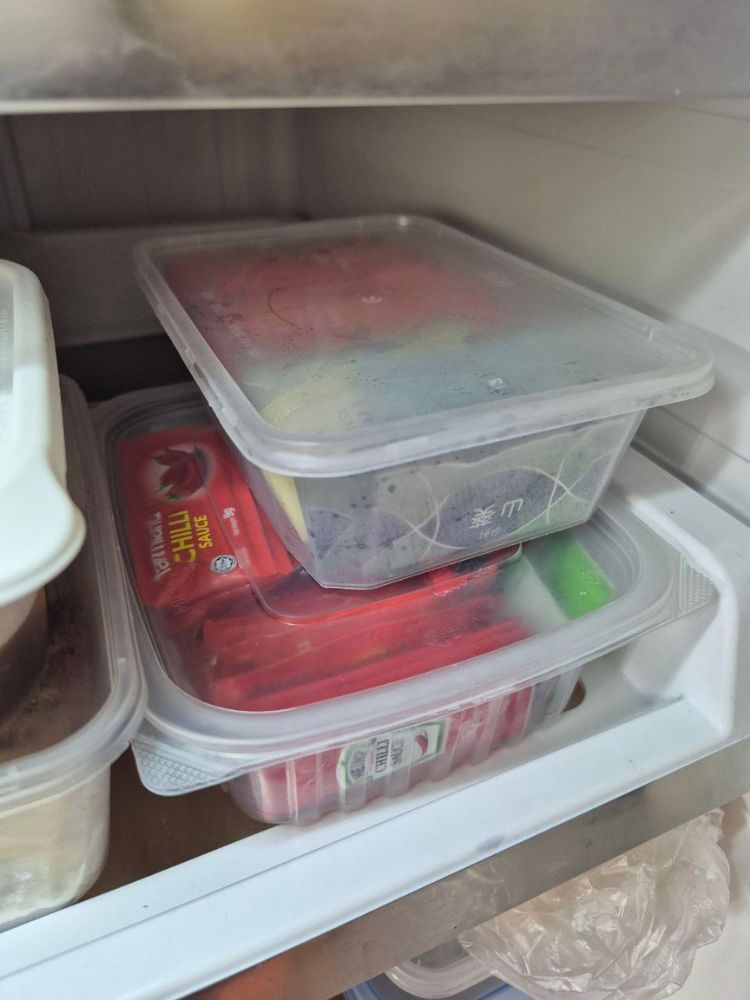
After all, I’ve also been saved in many a pinch by the plastic containers, ribbons, folders, envelopes, boxes and other random knickknacks they had saved up over the years.
Who knows? Maybe one day, I’ll come home with a packet of fries and be grateful for the packets of chilli sauce sitting in the back of the fridge.





